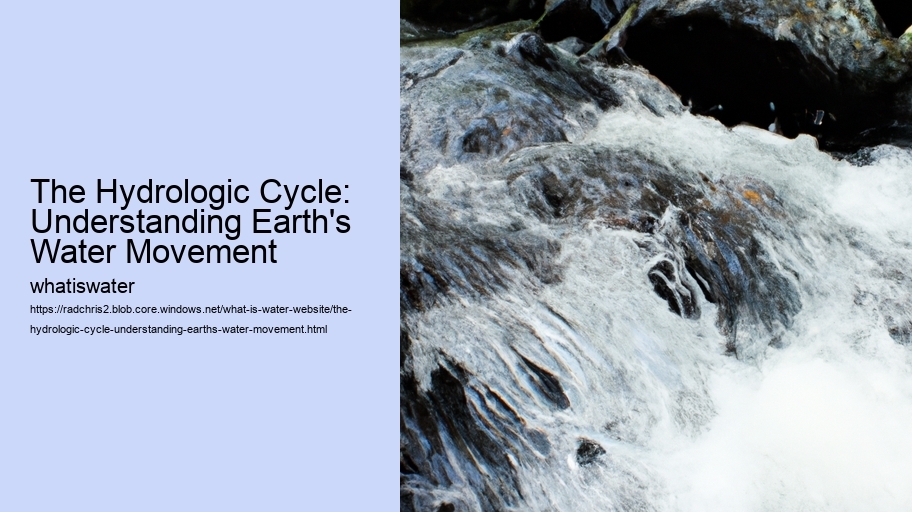At its core, the hydrologic cycle comprises several key stages: evaporation, condensation, precipitation, infiltration, runoff, and transpiration.
The Hydrologic Cycle: Understanding Earth's Water Movement - Water Education
- Hydrology
- Hydroponics
- Droughts
- Aquifers
Evaporation occurs when heat from the sun transforms surface water into vapor.
The Hydrologic Cycle: Understanding Earth's Water Movement - Wetlands
- Water Education
- Hydrology
- Hydroponics
- Droughts
The Hydrologic Cycle: Understanding Earth's Water Movement - Aquifers
- Wetlands
- Water Footprint
- Marine Pollution
As warm air rises and cools in the atmosphere, it reaches a point where it can no longer hold all its moisture.
The Hydrologic Cycle: Understanding Earth's Water Movement - Water Conservation
- Water Footprint
- Marine Pollution
- Water Quality
- Groundwater
Infiltration follows precipitation; some of the fallen water seeps into the ground filling aquifers—natural underground storage spaces—and nurturing groundwater supplies crucial for wells and springs.
The Hydrologic Cycle: Understanding Earth's Water Movement - Water Footprint
- Marine Pollution
- Water Quality
- Groundwater
Runoff is another consequence of precipitation. Water that doesn't infiltrate soil flows over land surfaces towards larger bodies of water like rivers or eventually oceans. This movement is vital for transporting nutrients but can also lead to erosion if not properly managed.
Understanding the hydrologic cycle is essential for environmental management practices related to agriculture, urban development, and natural resource conservation. It allows us to predict potential floods or droughts better and informs strategies on sustainable use of our most precious resource—water.
Human intervention can disrupt this delicate balance through activities such as deforestation or pollution that alter evaporation rates or contaminate supplies. Droughts Climate change poses an additional threat by introducing new variables into an already complex equation involving temperature shifts affecting evaporation patterns globally.
In conclusion, comprehending Earth's hydrologic cycle provides insight into how integral water movement is for ecological stability and human survival alike. As stewards of this blue planet we inhabit; it behooves us all to respect the intricate dance between land, sea, sky—and every drop within—to ensure future generations inherit a world where nature’s rhythms continue undisturbed.
The Hydrologic Cycle: Understanding Earth's Water Movement - Hydroponics
- Water Conservation
- Wetlands
- Water Footprint
- Marine Pollution
- Water Quality
- Groundwater
